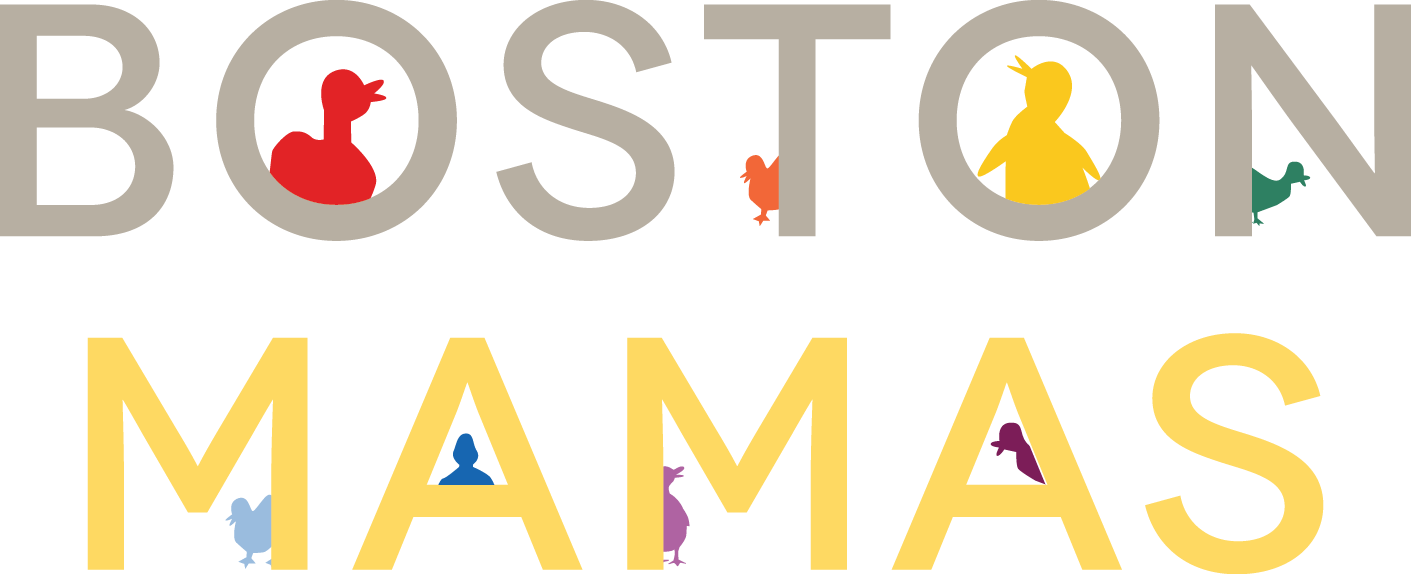Fostering Acceptance & Awareness
 Following PPLM Parent Education Program Manager Amy Cody’s post about engaging GLBTQ kids in conversations about sexual orientation and gender identity, we received a comment from reader Jen, asking about guidelines on having these conversations with straight kids. I am grateful to Amy for kindly providing follow up material on this topic:
Following PPLM Parent Education Program Manager Amy Cody’s post about engaging GLBTQ kids in conversations about sexual orientation and gender identity, we received a comment from reader Jen, asking about guidelines on having these conversations with straight kids. I am grateful to Amy for kindly providing follow up material on this topic:
From Amy Cody:
Children learn about sexual orientation at a young age from media, the playground, and friends. It’s far better for a parent and child to talk about issues like sexual orientation when the child is young and before she or he gets misinformation and is exposed to prejudice. Unfortunately, the words “gay,” “fag,” and “queer” remain three of the most common put-downs among youth from elementary school through adulthood. Talking with kids from a young age about sexual orientation will help them to deal with fears, prejudices, and the misinformation they will eventually be exposed to.
Heterosexual as well as homosexual youth can suffer the consequences of unchecked anti-homosexual bias and prejudice. William Pollack, author of Real Boys, has come to see anti-homosexual attitudes as compounding the inhibition heterosexual boys feel about expressing their feelings, treating each other warmly, and pursuing their creative lives for fear of being labeled a “fag.” Pollack points out that adolescents feel vulnerable to someday dropping out of favor, to being the one left out. When one group is shunned or stigmatized with impunity, every child’s sense of security is eroded.
If your child doesn’t bring up the topic of homosexuality, s/he might at least ask about a family that is different from yours - a family with one parent if she has two, or a family with two parents if she has one. Use this opportunity to teach about homosexuality by explaining about the different sorts of families people can have. For example:
“A gay man is a man who loves another man, just the way your mother and I love each other. A lesbian is a woman who loves another woman, in the same way. When two lesbian or gay grown-ups meets and fall in love, sometimes they start a family just like mommy and I did.” Ask your child if s/he understands, and expect that you will have to repeat the lesson over time before he can fully master it.
Always bear in mind that when you tell your child about homosexual people, you aren’t just delivering the facts. You are showing her how you feel about people and how you want your child to feel. Think of each little discussion as communicating how you would react if your child were to make fun of people because they are homosexual, or if your child were to someday tell you she is a lesbian herself. This is an opportunity to share your value that “in this family, we treat everyone with dignity and respect.” You’ll also be conveying your general beliefs about how to relate to people who are different from yourself. Even if she is heterosexual, the openness s/he sees in you will help your child turn to you with something she or he fears may disappoint you or diminish her in your eyes.
Recommended Websites and Books
What Does Gay Mean? How to Talk with Kids About Sexual Orientation and Prejudice by Lynn Ponton (author, child psychiatrist, and expert in teen issues). This online brochure offers resources, tips for talking across the developmental stages of preschool through teenagers, as well as general Q&A.
Everything You Never Wanted Your Kids to Know About Sex (But Were Afraid They'd Ask): The Secrets to Surviving Your Child's Sexual Development from Birth to the Teens by Justin Richardson & Mark Schuster
Sex and Sensibility: The Thinking Parent's Guide to Talking Sense About Sex by Deborah Roffman
Real Boys : Rescuing Our Sons from the Myths of Boyhood by William Pollack & Mary Pipher
